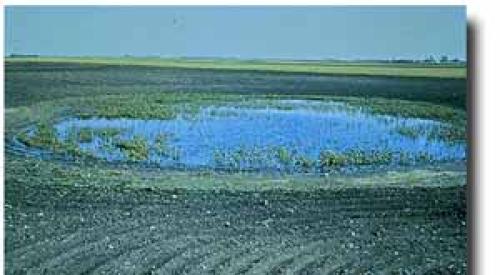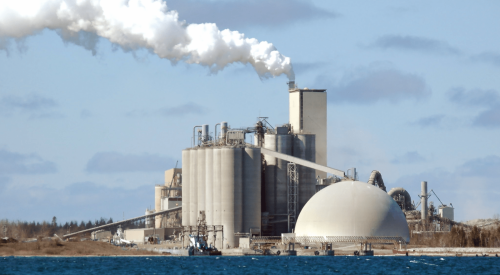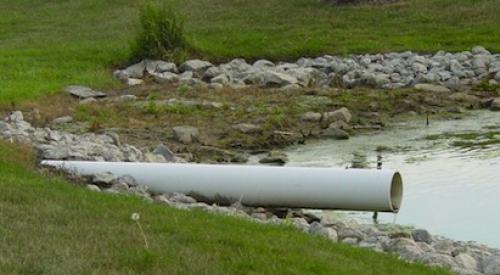EPA Brownfields specialist Sven Kaiser says the current structure of state and federal legislation governing the assessment and clean up of industrial sites provides numerous disincentives to builders and developers to consider these properties - most notably because the liability of doing so is too great. With that in mind, the NAHB- and EPA-backed legislation provides new incentives to communities and businesses to "lift up the rock" to ascertain the level of contamination in an estimated 16,500 mostly urban sites across the U.S. According to Kaiser, as many as one third of the sites are not contaminated at all, yet remain undeveloped.
Under the legislation - the American Brownfields Revitalization Act of 2000 - a powerful package of financial incentives in the form of $500,000 assessment grants for local governments and clean-up grants and revolving loans of up to $1 million for developers along with key liability reforms would almost certainly change the current dynamic.
One of the principal areas of liability reform will focus on reshaping and clarifying the role of the landmark 1980 environmental-cleanup legislation commonly known as Superfund says the NAHB’s Duane Desiderio. Under the strict Superfund law joint-and-several liability is employed, meaning that someone who caused only one percent of the contamination can be responsible for cleaning up the entire site. To this end, the proposed law would provide three defenses.
1.) The Innocent Land Owner Defense: If enacted the law will "codify" what proper due dilligence is and provides "safe harbor" to those who follow it.
2.) The Prospective Purchaser Defense: This makes it okay to know of site contamination on land purchased after enactment of the proposed law. The person asserting the defense must show they did not cause release of contaminants and must cooperate with regulators.
3.) Contiguous Property Owner Defense: This is a new defense that protects land owners from contamination that originates from other properties.
Another enhancement provided by the proposed legislation relates to the spectrum of contaminants. Where Superfund targets sites that have PCBs and asbestos contaminants, the proposal would additionally cover sites that contain petroleum products and lead-based paint products.
Desiderio characterizes the two major themes of the proposed law: state regulatory authorities would retain primacy and developers will control the clean-up process. The arrangement would allow states to continue promulgating remediation efforts through existing Covered Action Plans. Presently 14 states have Memorandums of Agreement (MOAs) between their action plan administrators and the U.S. EPA that eliminates the "dual master" problem.
According to a recent survey of state agencies conducted by the Northeast-Midwest Institute the 14 states are Colorado, Delaware, Florida, Illinois, Indiana, Maryland, Michigan, Minnesota, Missouri, New Mexico, Oklahoma, Rhode Island, Texas and Wisconsin. Six other states have MOA negotiations underway: Arkansas, Hawaii, Iowa, Kansas, Ohio and Virginia.












